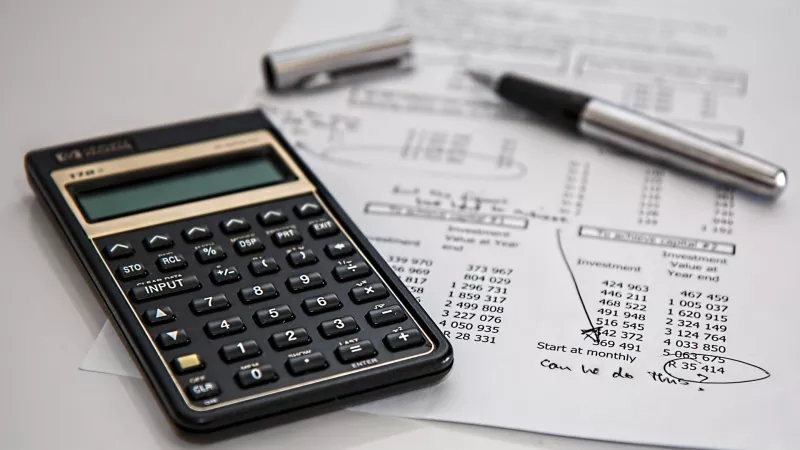Like your fellow hoteliers, you probably agree that your hotel’s primary goal is to make guests happy. But you also need to generate revenue to keep your business running and invest in needed upgrades. This is where hotel yield management comes in. It’s the tool that helps your hotel drive revenue and even increase profitability. In a way, it’s like high-octane fuel for your pricing. Let’s take a closer look at yield management for hotels and why it can turbo-charge your results.
What is yield management for hotels?
Hotel yield management is the precursor to modern revenue management. It’s one of theearliest techniques for maximising a hotel’s revenue. The airline industry pioneered it in the 1980s and the hospitality industry adopted it a short while later.
This practice involves the use of dynamic pricing to maximise profitability from fixed inventory supply, i.e. your rooms. That means you strategically set rates to optimise both occupancy and room revenue. The goal is to sell the highest number of rooms at the highest possible price.
Of course, this is a balancing act. If the rate is too high, demand drops, and rooms go unsold. But if you offer low rates, you leave revenue on the table. The key is to always adjust prices by the right amount, at the ideal time.
That brings us to the original definition of yield management which you’re likely familiar with: selling the right room to the right guest for the right price at the right time.
This short phrase sums up the importance of two key aspects to consider when setting rates. First, it points to supply and demand shifts, e.g. during high and low seasons. Second, it’s a reminder to be aware of which business you’re attracting, e.g. corporate, MICE, travel agents.
The difference between yield management for hotels and revenue management
Revenue management looks at the bigger picture and focuses on strategy. It’s all about determining the tactics and action steps needed to achieve long-term goals. Yield management is a major part of revenue management. It’s an important tactical element and mostly involves concrete actions such as rate changes.
Today, we’re witnessing the evolution towards total revenue management (TRM). It goes beyond just looking at rooms and includes other revenue-generating departments such as F&B, spa, and recreation.
For this, the focus is moving from the traditional RevPAR metric (revenue per available room) to TRevPAR (total revenue per available room).
In this more holistic approach, pricing is based on how much a guest will spend at the hotel in total. In the past, revenue professionals looked mostly at what travellers would spend on the room only.
3 reasons why hotel yield management is important:
Let’s look at three benefits you’ll see at your property if you leverage yield management for hotels.
1. Increased revenue and profitability
Yield management helps you drive the highest possible revenue from your rooms. That’s especially important for an industry like hospitality with high fixed costs such as staffing, building maintenance, marketing, or distribution.
Good hotel yield management results in higher profitability. This can help cushion sudden or expected downturns in demand. For the best results, leverage today’s automated revenue management systems (RMS) and business intelligence (BI) tools. They save you time and help you make the right decisions based on live demand shifts.
2. Understand customer segments and value perception
Understanding your market and target audience is crucial for good hotel yield management. Spend time evaluating your performance and current market trends. Next, look at your customer segments and their booking patterns.
Ask yourself the following questions:
- Who are your guests?
- When do they book?
- How long do they stay?
- When are they willing to pay more or less?
This will make it easier for you to grasp and successfully adapt to shifting value perceptions. On top of that, it gives you the chance to better market your property and reach the right audience.
3. Low barrier to entry
Compared to other business strategies, it’s easy to get started with yield management and it has a high impact. You don’t need a big team for it either, especially given the availability of advanced tech tools. At many smaller properties, the GM or reservation manager handles it. For larger hotels, a revenue manager and perhaps an analyst are enough.
Technology to help with your hotel's needs
Yield management formula: how to calculate yield at your hotel
The most straightforward approach is to determine how much of your revenue potential you realised.
Use the following formula to calculate this percentage: (revenue achieved / maximum potential revenue) X 100%
Here’s an example of this in action:
- A 100-room hotel with a rack rate of $250 has a total potential revenue of $25,000.
- On March 5th, they sold 70 rooms at $190. This generated $13,300 in room revenue.
- Plugged into the formula, it looks as follows: ($13,300 / $25,000) X 100%
- Therefore, the yield percentage is 53.2% for our example hotel on March 5th.
However, without context this is just a number. Look at it as part of a bigger picture to get insights into your performance. For example, during low demand times your yield will usually be lower. Compare your daily or weekly figures with similar periods to get a realistic impression. Examine what’s happening around you as well (e.g. among competitors or in the market) to put your performance into perspective.
Examine and act on these factors to improve your hotel’s yield ratio:
- Booking window: adjust rates if you see demand picking up at the last minute.
- Positioning: shift your positioning compared to your compset to generate more bookings.
- Macroeconomic factors: evaluate overall business in your market and take factors such as a recession, legislation, or a pandemic into account.
- Historical performance: look at the same time last year and whether you can expect similar results now.
How to apply yield management at your hotel
Start by creating a demand calendar based on past high and low seasons as well as upcoming events. Those can include festivals, trade shows, and holidays among other things.
Next, determine the rates you can charge during these various periods. Keep an eye on demand shifts, competitor rates, and your on-the-books business. You’ll discover trends and see if you’re ahead or lagging. Make adjustments to improve your chances of gaining bookings on dates where you’re behind.
If you do all this manually, it’s an elaborate process. A business intelligence tool saves time because it supplies live data in just a few clicks. An RMS can even update your rates or make suggestions automatically when demand changes. That gives you the chance to take advantage of market changes as they happen.
Now that you know more about the basics of yield management for hotels, it’s over to you. Which steps will you apply at your property? Don’t let the technical nature of hotel yield management intimidate you. It’s easy to get started and the benefits of increased revenue and profitabilityfar outweigh the effort you’ll put in.




